Hello everyone, and welcome to the show. If you’re accessing this podcast, you’ve already listened to Rounders: A History of Baseball in America, our main show, and signed up as an exclusive email subscriber.
Thanks so much for continuing to support both of these projects. It means the world to me.
This Week’s Memorable Moments:
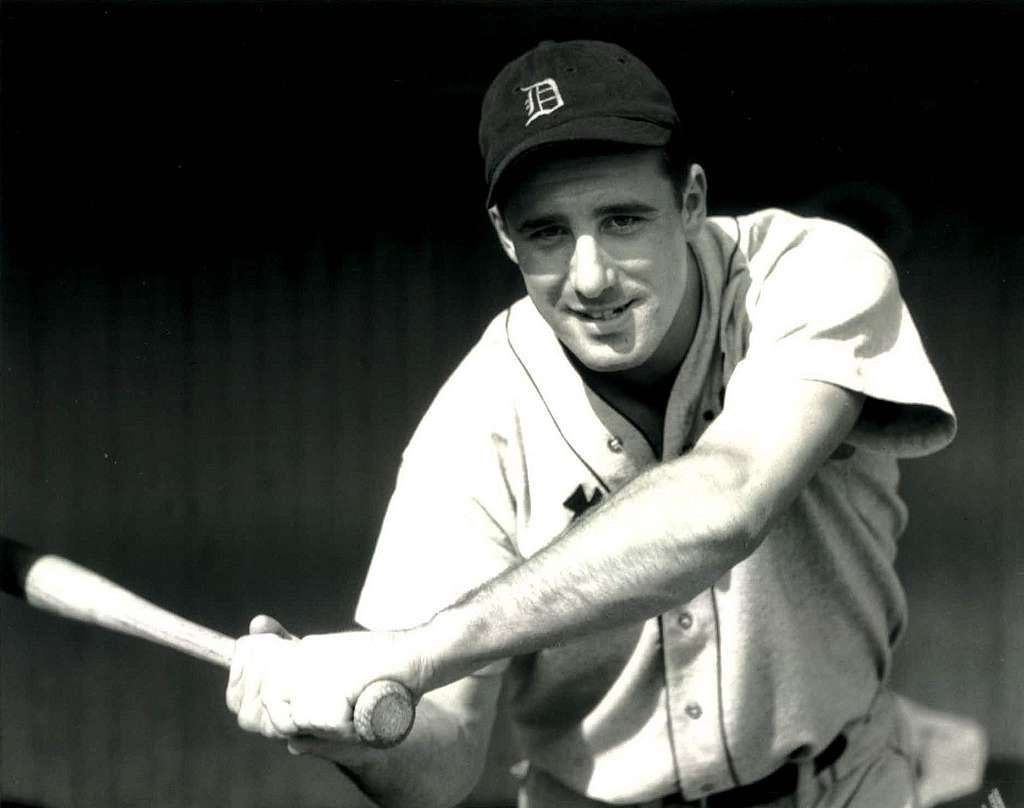
Dec 18, 1952: Hank Greenberg Exits as Manager of Cleveland
The feud between Hank Greenberg and Ellis Ryan was a power struggle that erupted in the Cleveland Indians front office in 1950. Greenberg, who had retired as a player in 1947, was the general manager of the Indians and had helped them win the World Series in 1948.
Ryan, a wealthy businessman, bought the team from Bill Veeck in 1949 and wanted more control over the baseball operations.
Ryan and Greenberg clashed over several issues, such as player trades, salaries, and scouting. Ryan also resented Greenberg’s popularity and influence among the fans and the media.
He tried to undermine Greenberg’s authority by hiring his own advisors and interfering with Greenberg’s decisions. Greenberg, who had a contract that gave him full autonomy as general manager, resisted Ryan’s meddling and defended his policies.
The feud climaxed in October 1950, when Ryan fired Greenberg after the Indians finished fourth in the American League. Greenberg was shocked and angered by the dismissal, which he considered a breach of contract and a betrayal.
He sued Ryan for $1 million in damages, claiming that Ryan had violated his contract and defamed his reputation. The lawsuit was settled out of court in 1952, with Greenberg receiving $75,000 and a release from his contract. Greenberg later became a part-owner and executive of the Chicago White Sox.
Ryan sold the Indians in 1953 and died in 1956.
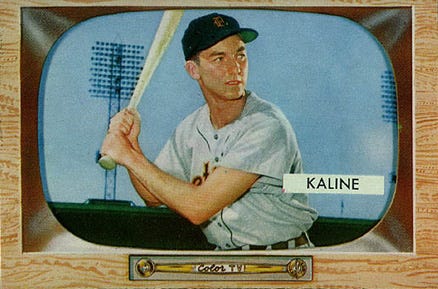
Dec 19, 1934: Baseball Al Kaline Was Born in Baltimore
Al Kaline was one of the greatest baseball players of all time. He played 22 seasons for the Detroit Tigers as a right fielder and a first baseman. Here are some of his remarkable achievements:
He was the youngest player to win the American League batting title in 1955, at the age of 20. He hit .340 that year and led the league with 200 hits
He was selected to 18 All-Star Games, including 13 consecutive appearances from 1955 to 1967. He also won 10 Gold Glove Awards for his excellent defense in the outfield
He was a key member of the 1968 World Series champion team, hitting .379 with two home runs and eight RBIs in the seven-game series against the St. Louis Cardinals
He reached the milestone of 3,000 career hits on September 24, 1974, becoming the 12th player in MLB history to do so. He finished his career with 3,007 hits, 399 home runs, 1,583 RBIs, and a .297 batting average
He was elected to the Baseball Hall of Fame in 1980, his first year of eligibility. He received 88.3% of the votes. He was also the first player to have his number (6) retired by the Tigers
Al Kaline was a legend of the game and a beloved figure in Detroit. He died on April 6, 2020, at the age of 85.
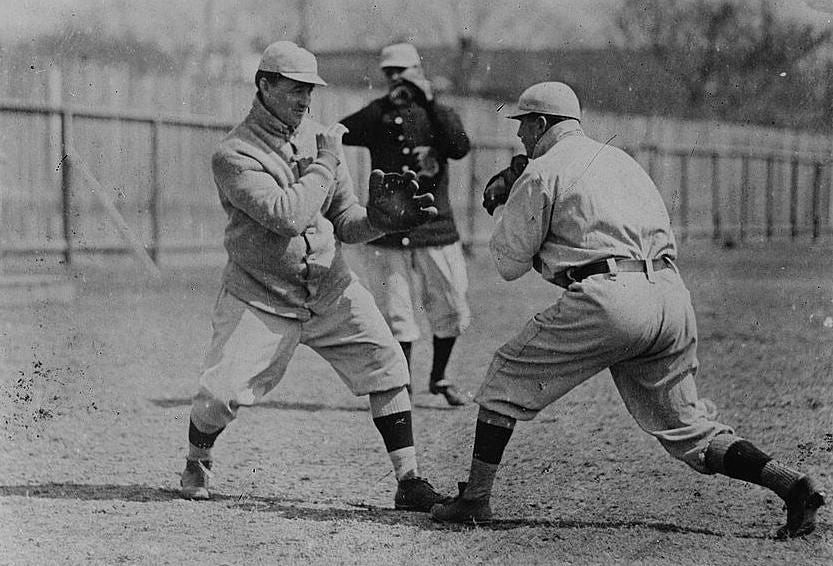
Dec 20, 1929: Red Sox Fire Manager Bill Carrigan
Bill Carrigan was the player-manager of the Boston Red Sox from 1913 to 1916, leading them to two World Series titles in 1915 and 1916. He was also the first manager of Babe Ruth, who praised him as the best manager he ever played for.
However, after the 1916 season, Carrigan decided to retire from baseball at the age of 32. He wanted to spend more time with his family and his theater business, which he had invested in with his former teammate Tris Speaker.
The Red Sox owner Harry Frazee tried to persuade Carrigan to stay, but Carrigan refused. Frazee then fired him, claiming that Carrigan had violated his contract by announcing his retirement without Frazee's consent. Frazee also accused Carrigan of being disloyal and ungrateful to the Red Sox organization.
Carrigan was hurt and angry by Frazee's actions, and he sued him for $100,000 in damages. The lawsuit was settled out of court in 1918, with Carrigan receiving $25,000 and a release from his contract. Carrigan then focused on his theater business, which became very successful. He also stayed involved in baseball as a part-time scout and advisor for the Red Sox.
Carrigan returned to manage the Red Sox from 1927 to 1929, but he needed help to replicate his earlier success. The team finished last in each of those seasons, and Carrigan retired after 1929.
He later became a bank president in his hometown of Lewiston, Maine, where he died in 1969.
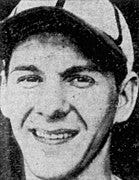
Dec 21, 1944: NL MVP Nail-Biter: Marion's Fielding Magic Clinches Over Nicholson
The 1944 National League MVP race was one of the closest and most controversial in baseball history. The American League had it easy as Hal Newhouser, a pitcher for the Detroit Tigers, won.
The National League had a tougher decision. On the one hand, you had Bill Nicholson, an outfielder for the Chicago Cubs, who led the NL in home runs and RBIs. He had a powerful season at the plate, hitting .287 with 33 home runs and 122 RBIs. He also hit four home runs in a doubleheader on July 23, tying a major league record.
Then there was Marty Marion, the shortstop for the St. Louis Cardinals, who had won the NL pennant and the World Series. Marion was a superb defensive player, but his offensive numbers were modest: .267, six home runs, and 63 RBIs.
The MVP voting was conducted by the Baseball Writers' Association of America, with two writers from each NL city casting ballots. Each writer ranked 10 players, with 14 points for first place, nine for second, eight for third, and so on. The winner was Marty Marion, who received 190 points, including seven first-place votes.
Nicholson finished second, just one point behind Marion. The MVP race was widely criticized by many baseball fans and experts, who felt that Marion did not deserve the award over Nicholson. Some accused the writers of favoring the Cardinals, who had four players in the top 10, while the Cubs had only Nicholson.The 1944 MVP race remains one of the most disputed and debated in baseball history.
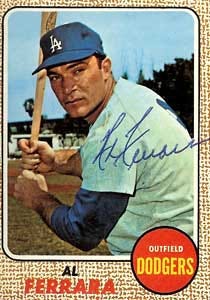
Dec 22, 1939: Al Ferrara's Birth: The Dawn of a Dodgers' Star
Al Ferrara was a baseball player who played for the Los Angeles Dodgers, San Diego Padres, and Cincinnati Reds from 1963 to 1971. He was nicknamed "The Bull" for his strength and power. Here are some of his career highlights:
He won two World Series titles with the Dodgers in 1963 and 1965. He hit a home run in Game 4 of the 1965 World Series against the Minnesota Twins.
He was the first player to hit a home run at San Diego Stadium, the home of the Padres, on April 8, 1969. He also hit the first grand slam in Padres history on May 5, 1969.
He had his best season in 1970, when he batted .277 with 26 home runs and 84 RBIs for the Reds. He was named the NL Player of the Month for June, when he hit .373 with 10 home runs and 29 RBIs.
He was an accomplished piano player and a successful theater owner after his baseball career. He also appeared in several TV shows and movies, such as The Odd Couple, The Rockford Files, and The Godfather Part III.
Al Ferrara retired with a career batting average of .259, 51 home runs, and 198 RBIs in 574 games. He is remembered as a fan favorite and a clutch hitter.
Dec 23, 1953: Junior Gilliam Clinches NL Rookie of the Year with Dodgers
Junior Gilliam was a second baseman and third baseman for the Brooklyn Dodgers, who had an outstanding debut season in 1953. He led the National League with 17 triples, scored 125 runs, and batted .278.
He also played excellent defense and stole 21 bases. He was named the National League Rookie of the Year, beating out Pittsburgh Pirates pitcher Harvey Haddix.
He helped the Dodgers win the pennant and reach the World Series, where they lost to the New York Yankees in six games.
Gilliam was the first black player to win the Rookie of the Year award in the National League, and the third overall, after Jackie Robinson and Don Newcombe. He was also the first player to wear the number 19 for the Dodgers, which was later retired in his honor.
Dec 24, 1967: Red Sox Ace’s Skiing Mishap Alters Career Path
Jim Lonborg was a star pitcher for the Boston Red Sox who won the American League Cy Young Award in 1967. He led the league in wins, strikeouts, and ERA, and helped the Red Sox win the pennant and reach the World Series.
However, in December 1967, he tore a ligament in his left knee while skiing in New Hampshire. He had to undergo surgery and missed most of the 1968 season. He never regained his dominant form and his career declined thereafter.
He played for the Milwaukee Brewers and the Philadelphia Phillies before retiring in 1979. He finished his career with a record of 157-137, an ERA of 3.86, and 1,475 strikeouts. He later became a dentist and a winemaker.
Thanks for Subscribing! Would You Consider Financially Supporting Us?
By becoming a paid subscriber, not only are you supporting a show free from corporate agendas, but you'll also get:
The ad-free version of 'Rounders' a whole DAY EARLIER.
A sneak peek at our secret list of upcoming episodes.
A chance to share your thoughts, which I might just read out in the episode.
Exclusive chats, events, and more fun stuff only for our members.
And if you're feeling extra awesome, join our 'Starting Nine' crew. Help shape the show, pick episode topics, and even get a shoutout as a producer.
Let's make 'Rounders' the top baseball history show together!


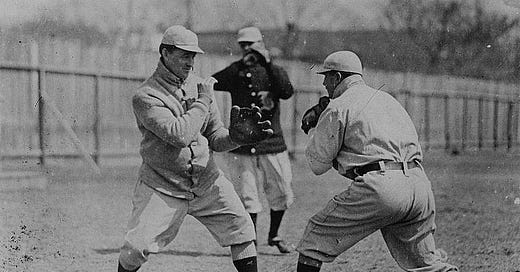


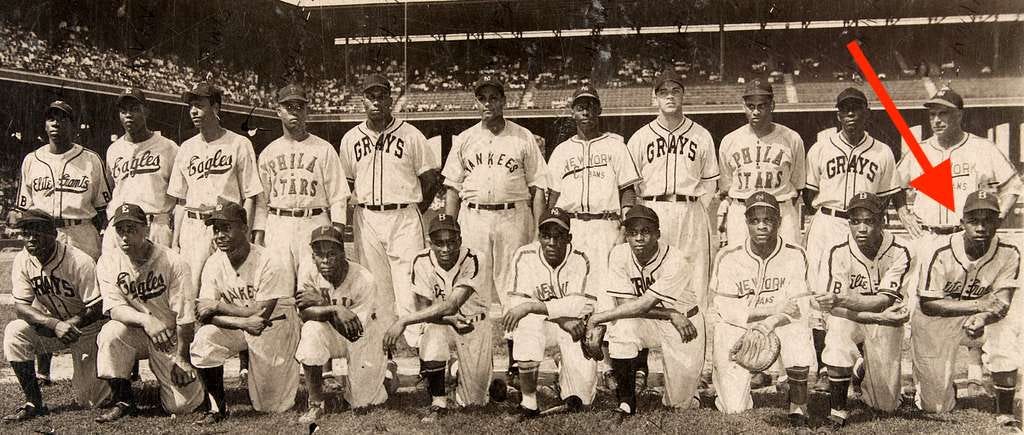
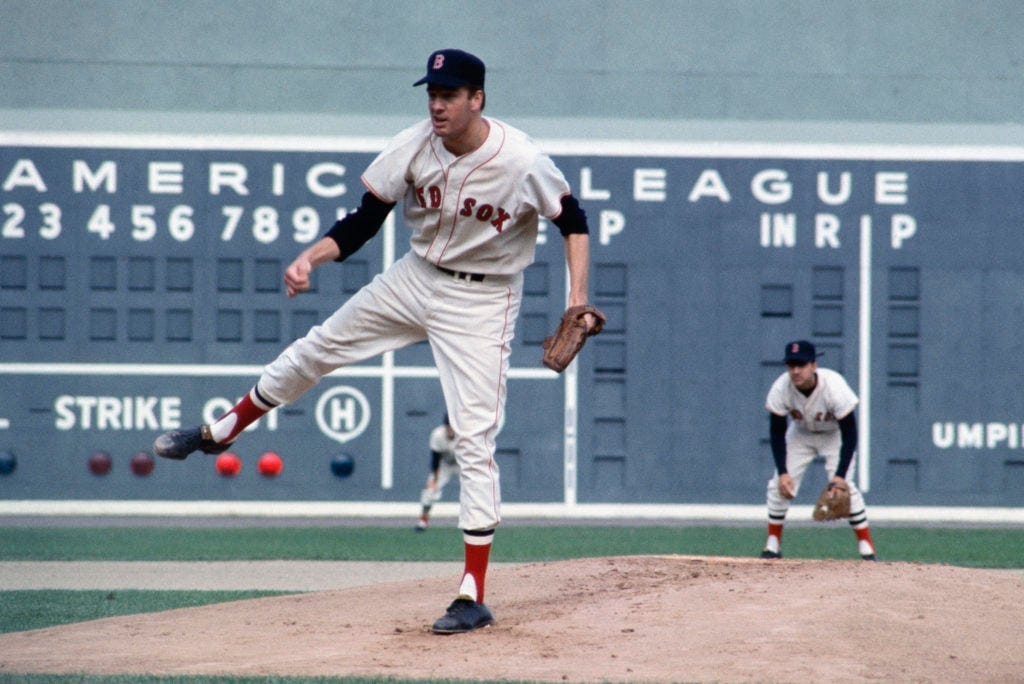



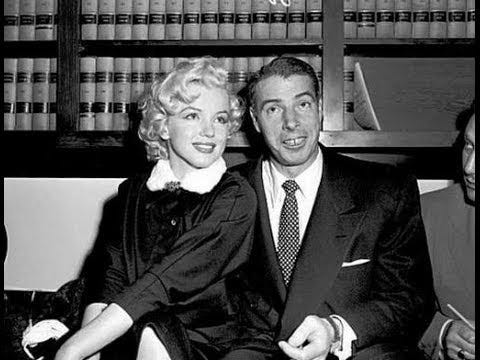
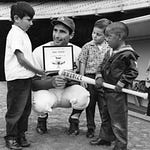

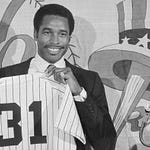
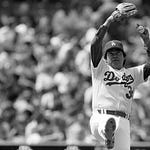

Share this post